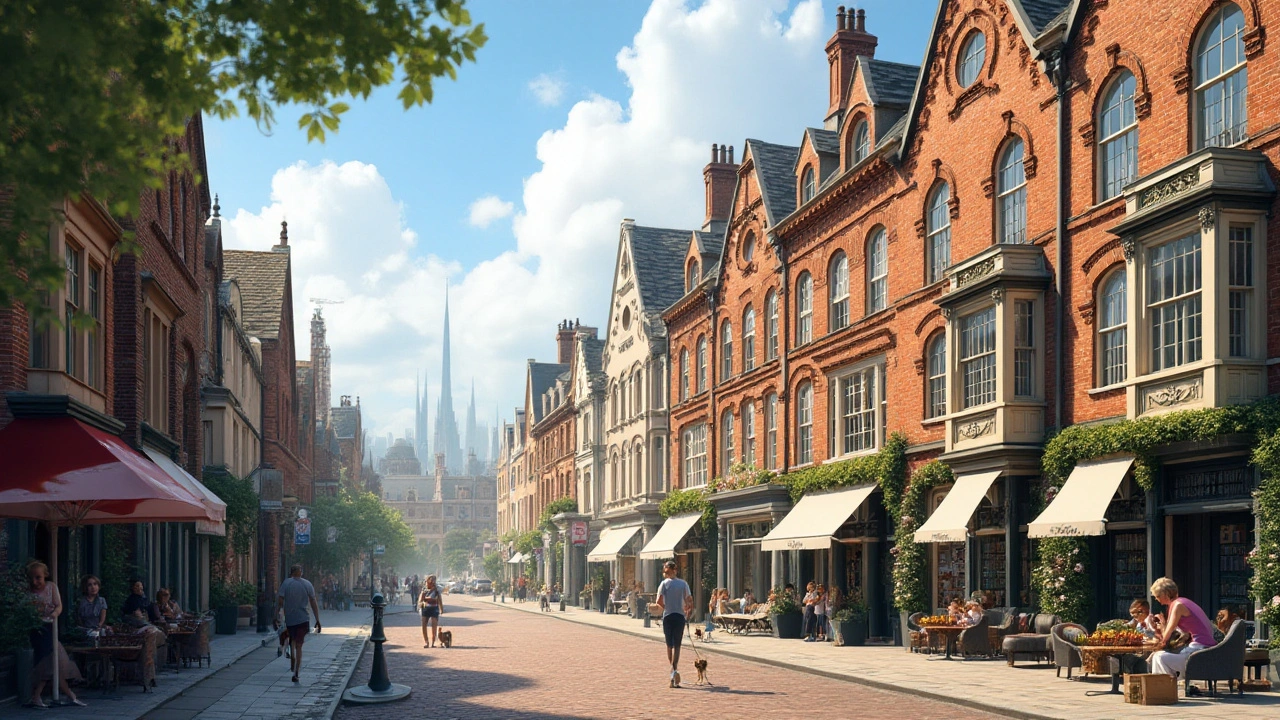Italianate architecture, which flourished during the 19th century, is experiencing a revival in contemporary design. Known for its elegant features such as brackets, cornices, and arched windows, this style is being reimagined in modern architecture. The resurgence blends historic charm with modern functionality, offering both designers and homeowners opportunities for creating stunning spaces. Understanding the elements and historical context of Italianate architecture can inspire new construction and renovations alike.
Modern Revival: Old Styles, New Life
Revival styles keep coming back because they solve real design problems: wayfinding, human scale, and a sense of place. If a building feels familiar, that's often revival working quietly - columns, symmetry, bold cornices, or handcrafted details that speak to history while fitting today's needs.
By "modern revival" I mean projects that borrow from older styles - Greek Revival, Beaux-Arts, Colonial, Renaissance - and rework them using today's materials, codes, and lifestyles. You'll see that on a city block where a new mixed-use building matches the rhythm of older facades but uses energy-efficient glazing, lightweight steel, and up-to-date insulation.
How to spot modern revival
Look for three clear signs. First: recognizable motifs - columns, pilasters, arched windows, or decorative cornices - used in a simplified way. Second: modern performance - hidden HVAC, thermal glass, and sustainable materials behind a classic face. Third: careful proportion - new parts echo the scale and spacing of neighboring historic buildings so the street reads as one coherent scene.
Examples are everywhere. A Beaux-Arts-inspired library can have a digital media wing inside. A Greek Revival facade might mask a modern open-plan office. Mediterranean Revival roofs and courtyards work great for climate-friendly homes when paired with modern water-saving systems.
Why architects choose revival now
Clients and cities often want new buildings that respect context. That doesn't mean copying the past exactly. Architects reuse familiar elements because they guide human behavior - porches invite sitting, columns mark entrances, arcades shape movement. Revival gives designers a toolkit for creating comfort and clarity in busy urban areas.
There's also economic sense. Matching street character can speed approvals and boost resale value. Developers know that buyers often prefer the warmth and perceived permanence of traditional details over anonymous glass boxes.
If you're renovating or designing, think about balance. Use revival elements to anchor a building - entryways, window rhythms, cornice lines - while keeping interiors and structural systems modern. Don't overdo ornament; aim for honesty where materials show what they do. A pared-back colonial door surround or a cleanly detailed cornice can feel far more modern than a full historic replica.
Preservation and revival aren't always friends. Recreating a style without understanding its original craft can produce pastiche. The smarter approach is to read the old building's logic - why windows were placed, how roofs handled rain - and translate that logic into new technologies and codes.
Want quick tips? Start with one element: match window height and sill lines to nearby buildings, pick a durable material that reads traditional - stone, brick, or fiber cement - and simplify ornament to details around entries and porches. Consult a preservation architect if you work on landmarked sites. Small, well-placed revival cues give new projects character without faking history.
Try photographing blocks and compare details over time. Share your finds with local design groups online.

